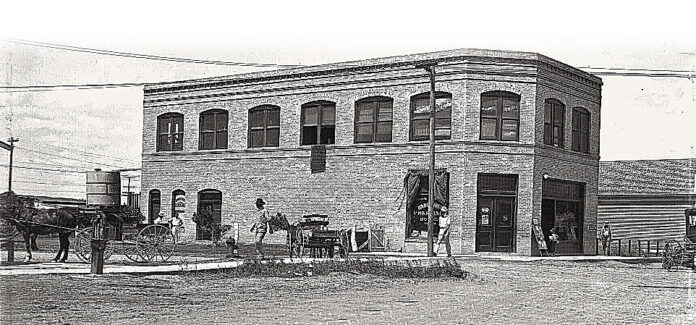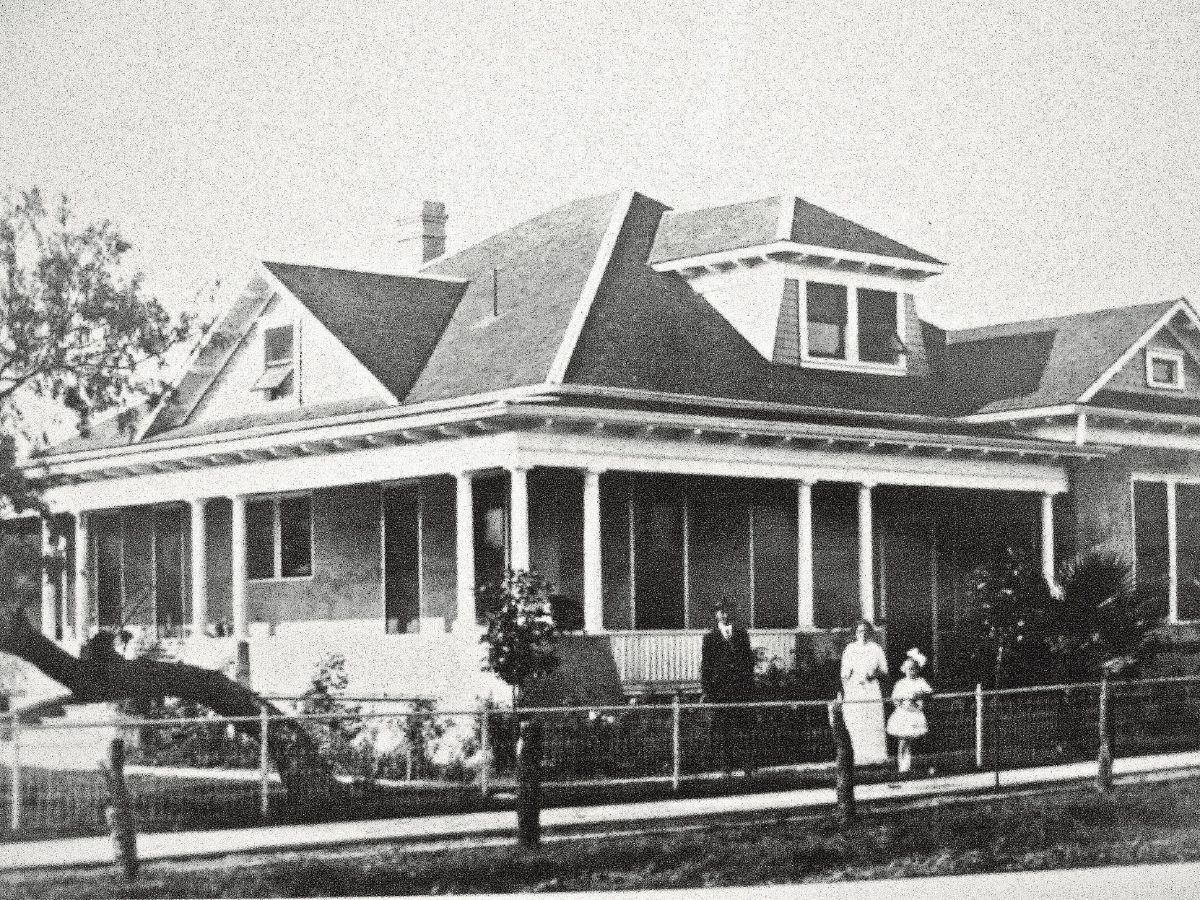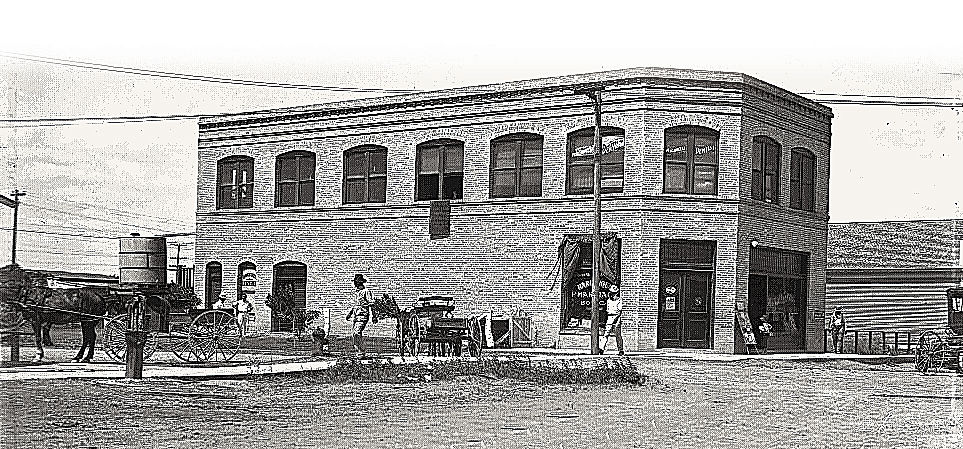BY NORMAN ROZEFF
EDITOR’S NOTE: This is the first part of a series by local historian Norman Rozeff. Part two will appear in next Sunday’s edition.
In late March of this year I received an email from an 82-year-old retired journalist living in New Jersey.
It read: Sir, My grandfather purchased property near Harlingen circa 1910-12. I attach a newspaper clipping with some details and a story of my father’s accident. He was literally saved from death by the Drs. Letzerich who had a building on Jackson St. I would love to find a picture of that building if it still exists or if there is an older picture. I believe they had the building erected in 1910. The accident was in 1912. I am also hoping to find the approximate location of my grandfather’s holdings. His name was Emory Lyman Cunningham. If there’s any way you can help me, I would be most grateful. I live in NJ so really can’t make a trip there — tho I would love to.
Regards, Carol Suplee
Attached was a digitized copy from The Portal of Texas History of an article that appeared in the Houston Post newspaper of September 12, 1912, but was datelined Harlingen. The article stated:
YOUTH FIGURED
IN ROLE OF A HUMAN TORCH
Explosion Deluged Body With Burning Liquid — Ran Over Hundred Feet to Canal
HARLINGEN, Texas, September 12 –
Lyman Cunningham, age 14 years, son of Rev. E. L. Cunningham of St. Joseph, Mo., who recently purchase a small farm in Harlingen, was terribly burned this afternoon by a coal oil explosion.
His abdomen, chest, arms, and one side of his face were seared by the flames. He was endeavoring to kindle a fire when a spark on one of the sticks ignited the oil which he was pouring from a gallon can pressed close to his body.
The oil in the can exploded, and the blazing fluid deluged his body.
A boy companion yelled to him to run for the canal and young Cunningham with the flames streaming above his head bounded toward the stream which was hundred and fifty feet distant, plunged into the water, and extinguished the flames.
Surgeons who were summoned to dress his wounds pronounced them serious but not necessarily fatal unless peritonitis should set in from the abdomen.
As the reader will learn in Part II, this reporter’s account, while catching the attention of the public, is not quite accurate.
Because I had written both about the Letzerich Building and the Letzerich brothers, I was able to send Mrs. Suplee the VMS articles on both, together with early photos of the building.
The Cunninghams did not remain in the Valley for long. By 1913 they were back in St. Joseph where Emory Cunningham was an evangelistic minister as well as a part-time salesperson for Valley land.
The reasons for their return are unknown, but the unsettled times in the Valley of the “Bandit Era” may have been one factor.
Lyman, thanks to the aid rendered by the Drs. Letzerich, quickly healed, even to the point that few burn scars ever remained to remind him of the sorry incident. He would join the Army during World War I and serve as a medic at Langley Field, Virginia.
This was a precarious period for that occupation, as the Spanish Flu pandemic was sweeping the world and had first seriously hit an army unit in Fort Riley, Kansas before its significance was recognized. The name “Spanish” was unwarranted as it had its origins in the United States.
Lyman was working in Pennsylvania running a rental car and car parts business when he met his future wife, a teacher, whom he would wed in the fall of 1929. They started a family that grew to two sons and a daughter. Lyman had his own business for many years as a designer, inventor and builder of outdoor advertising signs (not billboards), but unique one of a kind creations. According to his daughter he was also an excellent writer, draftsman, etc etc. He had patented some of his work, missed the boat on others.
During WWII he was chief inspector in a defense plant and invented a special micrometer.
Lyman was to die in 1976, and his wife Evelyn four years later in 1980.
Next week Part II: Lyman’s own recollections at age 63.






